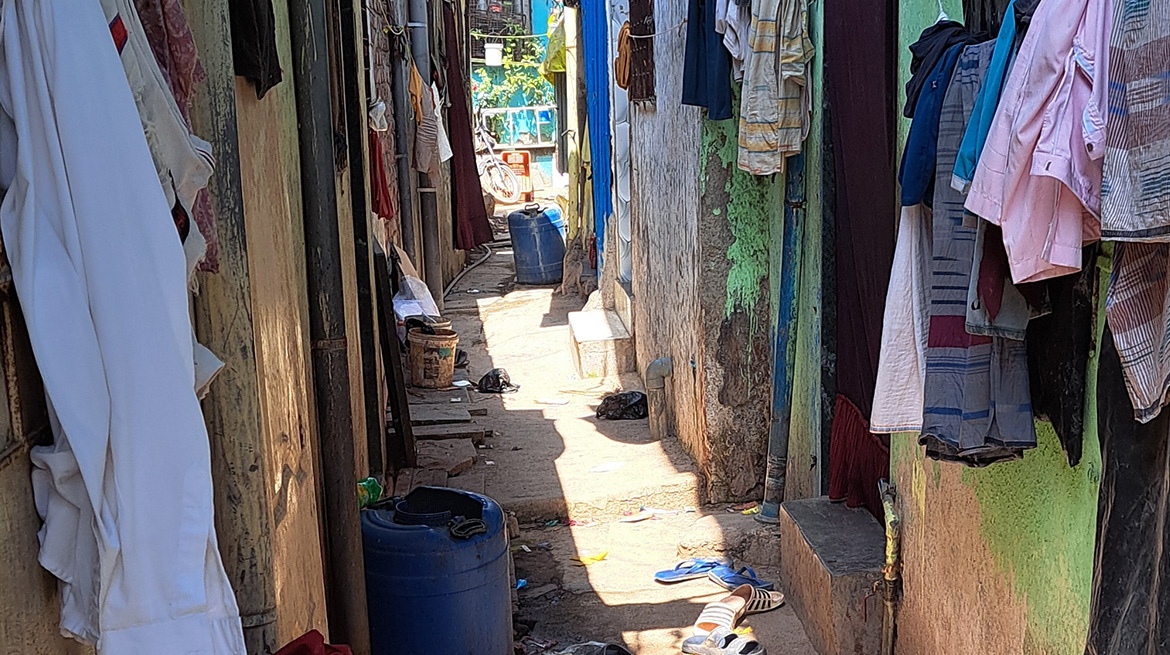Urban slums in metropolitan cities represent some of the most complex environments where health, livelihood, and social challenges intersect. During a recent household survey, I had the opportunity to engage with residents of one such settlement and witness firsthand the structural determinants of health that continue to persist in under-resourced communities. The experience strongly echoed the foundational principles of public health laid down by reformers like Edwin Chadwick in the 19th century.
Chadwick, a pioneer of sanitary reform in England, argued in his 1842 Report on the Sanitary Condition of the Labouring Population that improving environmental and living conditions was central to improving health outcomes among the poor. He highlighted that disease was not merely a medical issue but a consequence of poor housing, inadequate water, and insufficient waste disposal. Despite the temporal and geographical gap, the observations in the modern-day slum showed that many of the same determinants still govern health.
One of the most critical issues observed was water insecurity. Water was supplied for only 15 minutes a day, and even that supply was inconsistent. Many households were forced to purchase water, making it a daily economic strain. Just as Chadwick emphasized the relationship between clean water and disease prevention, it is evident that access to reliable water remains a fundamental yet unmet public health need.
Economic hardship was another significant challenge, particularly among women. Many were engaged in imitation jewellery production—a time-consuming job with extremely low wages, controlled by exploitative middlemen. This not only mirrored the industrial-era exploitation Chadwick documented but also highlighted the ongoing need for structural reform in labour and income generation for the urban poor.
Substance use, especially tobacco consumption, was widespread due to its low cost and easy availability. Numerous local shops sold tobacco products, and children were routinely sent to purchase them or were involved in running these shops. The normalisation of addiction, especially in environments where protective structures are weak or absent, adds to the intergenerational cycle of poor health—a pattern that public health practitioners, since Chadwick’s time, have sought to interrupt.
Health-seeking behaviour in the area also reflected deep systemic challenges. Although government health services were available, many residents preferred private providers who charged a modest fee. This preference stemmed from mistrust, misinformation, or prior negative experiences with public facilities—echoing Chadwick’s concern that without reliable systems, even the poor would turn to costlier alternatives perceived as more effective.
Access to state welfare schemes like the public distribution system was inconsistent. Many families lacked ration cards due to documentation or migration-related barriers, effectively excluding them from food security programs. Moreover, awareness of contraception was low among women, with little understanding of available methods or service points. Such gaps indicate that physical infrastructure must be complemented by community education and trust-building to achieve true public health gains.
In essence, the lived experiences of this community reflect what Chadwick outlined nearly two centuries ago: that disease and suffering are often rooted in preventable social conditions. While medical advancements have progressed, the foundational need for clean water, adequate livelihood, accessible healthcare, and informed communities remains. Public health efforts today must revisit these fundamental principles—prioritising equity, environmental determinants, and systemic reform—to achieve lasting change.
References:
- Mary Vaishali P, Boopathy N. Edwin Chadwick: A Pioneer of Public Health Reform and His Role in Sanitary Awakening. Cureus. 2024 Sep 7;16(9):e68858. doi: 10.7759/cureus.68858. PMID: 39376875; PMCID: PMC11457289.




